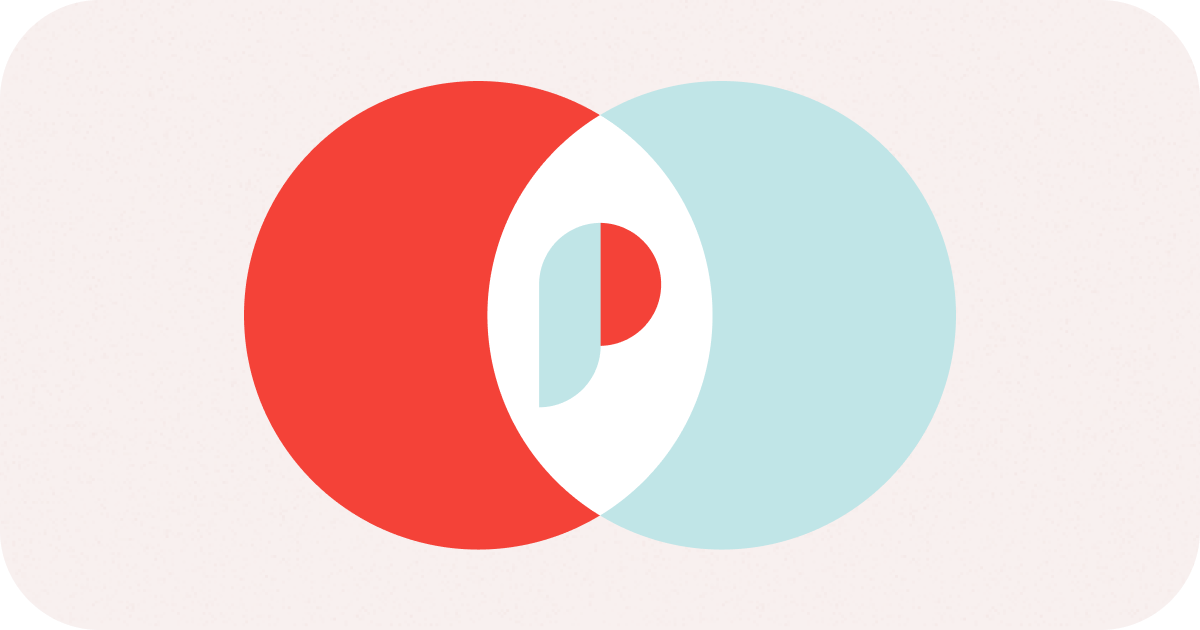Let’s face it: in today’s B2B buying landscape, we’ve got options. If one company doesn’t make the effort to address your specific pain points, there’s another one that will.
The whole point of personalization in sales is standing out among the competition. You might have a great product, but it’s not enough to be noticed by potential buyers. If you don’t find a way to connect with them, it won’t matter how useful your product or service actually is.
It’s all about having a personalized selling strategy.
What Is Personalized Selling?
In B2B, the act of personalized selling is more than just adding a customer’s name to the subject line of an email, or knowing what company they work at. Rather, personalized selling is about having a multi-tiered approach applied to your sales funnel. Personalization increases as the customer progresses through the funnel.
You also need to know when and how to use personalization. An effective sales process simplifies how you personalize your approach for each individual buyer. It ultimately comes down to an updated CRM database that manages accurate customer data.
The goal of a personalized sales strategy is to leave the customer with an incredibly positive experience that distinguishes you from your competition.
The Value of B2B Personalization
It shouldn’t be that hard to determine that personalization in sales is in both your and your customer’s best interest. There is a ton of value in creating customized approaches such as:
Distinguishing you from the competition
Establishing credibility
Becoming a trusted advisor to customers
Making upselling and renewals easier
Creating a constant revenue stream
“Personalization happens when a marketer or salesperson can take a piece of content and make it more useful for a specific prospect or customer.” – @ducttape Find more #personalization quotes on the blog: https://t.co/2igg9hYW2Spic.twitter.com/U3ENGnZyMu— ZoomInfo (@ZoomInfo) October 10, 2018
How to Personalize Your Sales Strategy
Sales is an art, not a science. There is no precise formula that will allow you to get it right every single time. It’s all about trying new things, seeing what works, and ditching what doesn’t. Implementing is no different.
Different people will respond differently to different things. That being said, here are a few ways you can work customization into your sales processes.
1. Do Your Research
Before you even think about picking up that phone to contact a prospect, you should already know a good deal about them. Don’t know where to start?
You can turn to social media or contact databases, such as ZoomInfo’s, to provide you with some insights you can leverage in a sales pitch later on.
2. Talk (and Listen) to Your Existing Clients
When it comes to prospecting, research will only get you so far. To truly understand what they want out of a product or service, you need to talk to them directly. However, the goal of the conversation shouldn’t be to sell.
The whole focus of the conversation should be around the potential customer. What are their pain points? How do they communicate? How could your product make their lives easier?
From these conversations you can glean valuable information that will allow you to tailor your future offers to their exact needs, increasing the chances that they’ll make a buying decision.
3. Customize Communication
Automated messaging saves time, but can quickly become impersonal. Tools like personalized email templates can keep you efficient while still offering a custom experience that speaks directly to your prospects’ pain points.
In order to drive this connection, mention something you have in common. Have you read a recent blog post they published? Do you share a connection on LinkedIn?
When you bring up something that makes you human, rather than a sales robot, you’re more likely to develop a genuine relationship with the prospect. From there, you can dive into the value of your product, and how it can help them.
4. Lean on Your Technology
Your personalization strategy depends on your CRM solution to manage customer data and tell you how and when to use your digital sales assets.
However, it’s important to keep in mind that your CRM is only as strong as the data you put into it. This requires heightened awareness when it comes to logging details about your contacts, accounts, and any interactions made.
5. Segment Your Market
Separating customers and prospects based on their specific needs and buying patterns allows you to create a personalized sales strategy while allocating resources to the most profitable buying groups.
Segmenting your customers and prospects enables you to customize the selling process while still being able to create scalable marketing campaigns. Win-win, right?
6. Thoughtful Follow-Ups
Personalization shouldn’t stop just because you’ve made the sale. In fact, as you get to know your customers more, you should be able to tailor their user experience even further.
One way to keep them updated, and to show that you care about their experience is to simply remind them on a regular (but not too frequent) basis that you’re available to help out or answer any questions they may have.
Personalized Selling: Not an Option, But a Requirement
At this point, personalization isn’t just an option — it’s a requirement to successfully close deals. Consumers have high standards for customized experiences, and can you blame them?
When you’re investing in something long-term like a B2B product, it’s important to develop a relationship with the company. And relationships are only formed when you get a little personal.

